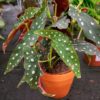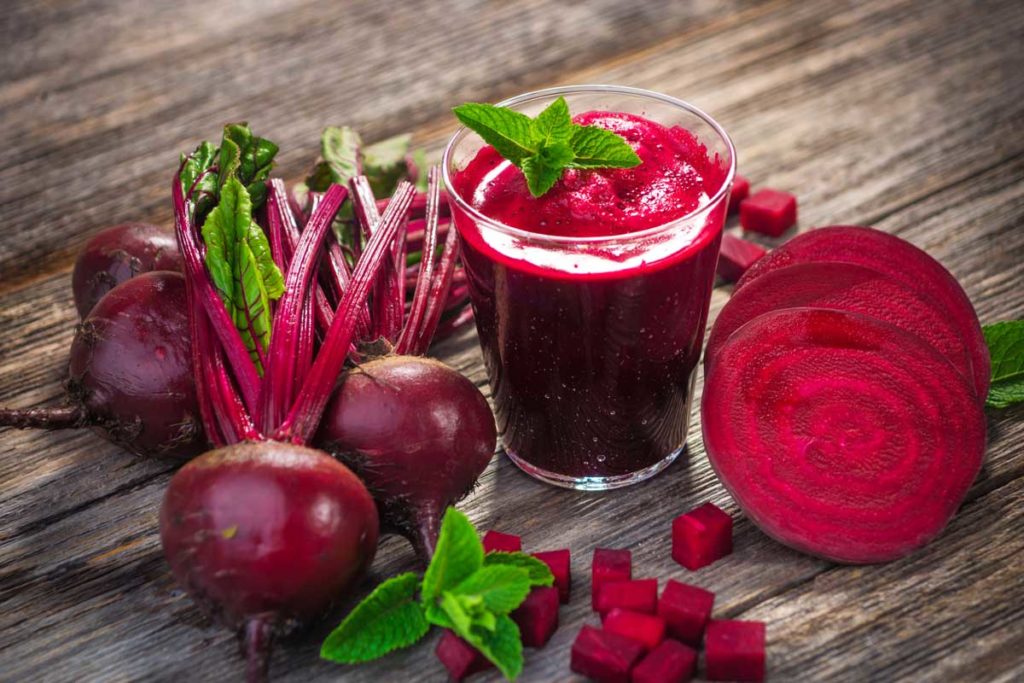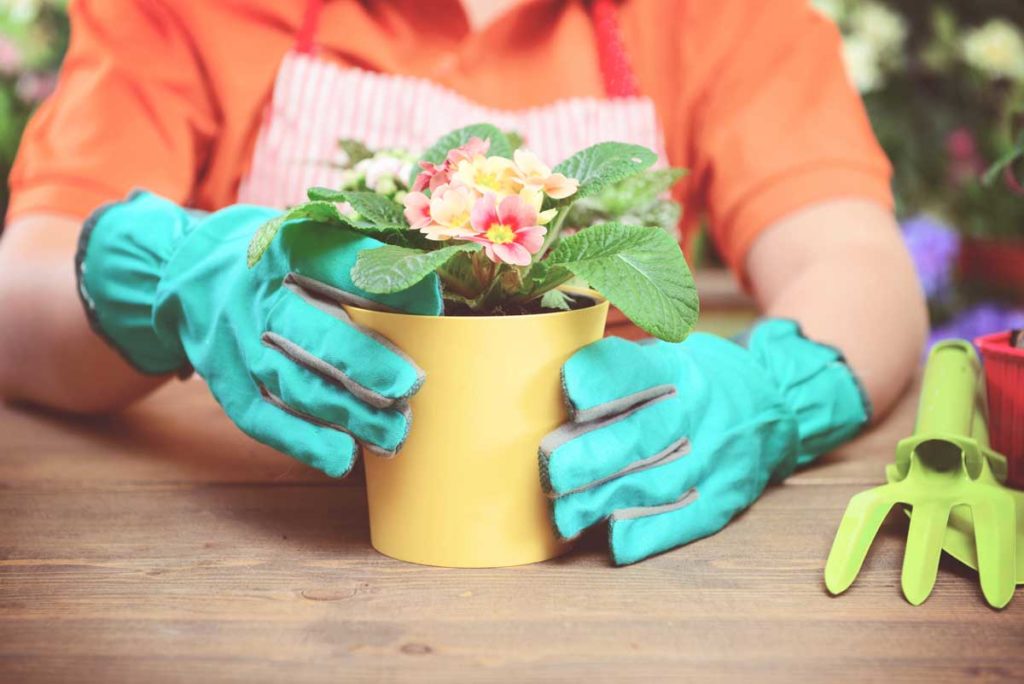What to plant or plant in January? Do you know the vegetables, herbs and flowers you can plant this month? According to the biodynamic calendar, we have listed the plants that can be planted or cultivated in January.
The biodynamic calendar is a guideline calendar that is created according to the movement of the moon and planets in the zodiac belt. It was developed by Maria Thun and is still used by many farmers today. In this calendar twelve stars are grouped into four groups. These groups are defined as root, leaf, flower and fruit. It provides guidance on questions such as which plants are suitable for planting on which days.
You might also be interested in this article: Things to do in the garden in January
WHAT TO PLANT IN JANUARY?
What to plant in January The answer to the question is as follows:
- potatoes
- aubergine
- Parsley
- dill
- cauliflower
- Beetroot
- celery
- carrot
- chrysanthemum
- Violet
- Ornamental cabbage
- primrose
- hyacinth
- tulip
- daffodil
VEGETABLES PLANNED IN JANUARY

Leaf (water element) This is a good time to plant vegetables with leaves and stems, creating distractions and placing them in the garden. Leafy plants should be harvested on flowering or fruiting days. Products harvested on leaf days begin to rot in a shorter time.
This month: You can plant potatoes, eggplant, parsley, dill and cauliflower.
FRUITS PLANNED IN JANUARY
Fruit (fire element) This is the time to plant fruit and seed plants and transfer them to the garden after they have developed into seedlings. Harvesting on fruiting days ensures better storage quality of fruits and seeds.
This month: You should start with soil treatment. Prepare the soil for planting.
see also


Root crops planted in January


root (earth element) It means the best time for root crops and root vegetables. It is ideal to store plants during their rooting period.
This month: It awaits you with the taste of beets, celery and carrots.
You may be interested in: What are the benefits of beets? The specialist said so
FLOWERS PLANNED IN JANUARY


Flower (air element) It is an appropriate time to plant, transplant and harvest flowering plants or herbal species used for medicinal purposes. Chrysanthemum, violets, ornamental cabbage, primrose Nowadays it colors your garden with its flowers.
Dahlia, Rudbeckia, Anemone You can also take photos of the flowers from the garden. Hyacinth, tulip and daffodil bulbs You can sew.
Garden activities in February: planting, pruning, transplanting